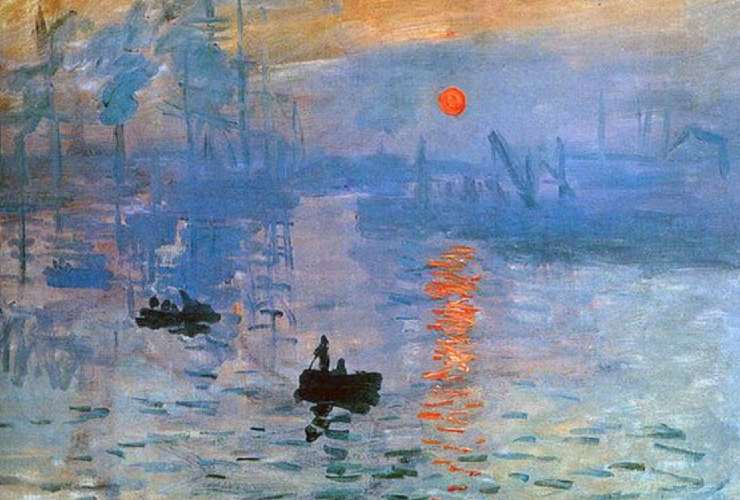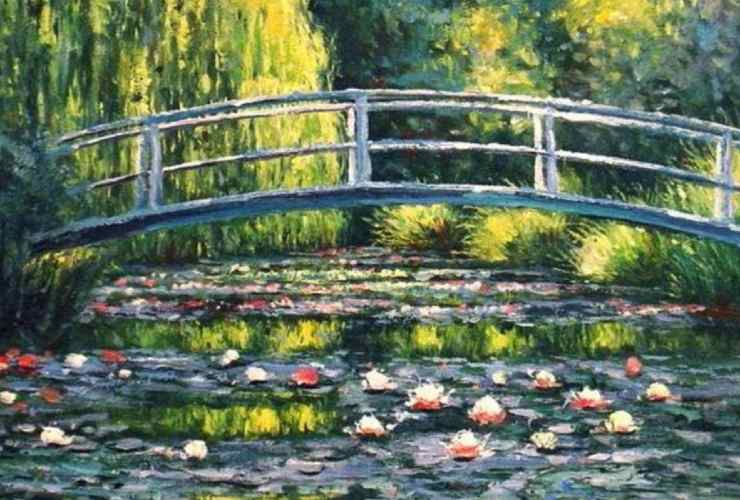Claude Monet, recognized as the most impressionist among the Impressionists, is considered one of the founders of the movement, for having inspired its name. His work serves as a bit of a path to understanding the process of transformation experienced by art between the middle of the 19th century and the beginning of the 20th century. “I paint like a bird sings” said the painter to explain the importance of painting in his life, almost an inner need, a necessity.
The landscapes painted by Monet have the particularity of being produced with extraordinary attention to light reflections. Indeed, during his training, the artist deepens the laws of physics that underlie the perception of the human eye. What Monet understands, also shared by the other representatives of Impressionism, is that reality is changing and every moment changes before their eyes.
And precisely to better capture the precise moment of a particular light, the artist paints the same subject in an infinity of variations. This characteristic is found above all in the Water Lilies series, a cycle of around 250 paintings. The other significant and best-known masterpiece of his production is the Rising Sun Impression of 1872, exhibited only two years later. This, as already mentioned, suggests the name of the new artistic current.
Life and formation of Claude Monet
Claude Monet was born in Paris on November 14, 1840 into a modest family. However, he spent his childhood and adolescence in Le Havre, in the north of France, where he attended the municipal college. His artistic side will emerge very soon. Indeed, during school hours, the painter prefers to fill books and notebooks with amusing portraits of his classmates and teachers instead of attending classes. In a very short time, word of his incredible gift spreads through the city and everyone, even the most illustrious figures in the community, want his caricatures. This will attract the attention of the landscape designer Eugène Boudin, his first great support, who will push him to take an interest in the world of nature.
 Print, Rising Sun, 1872
Print, Rising Sun, 1872
In the spring of 1859, Monet, with the help of a wealthy aunt, moved to Paris where he began to attend the Swiss Academy and entertain himself with intellectuals and artists. However, this period of training is interrupted by the call for military service. In 1760, in fact, he was forced to embark for Algeria, not being able to return to Paris until two years later. To academic education, however, Monet preferred frequenting more progressive artistic environments, devoting himself to plein-air painting and experimentation with light and color. Around 1862 at the Café Guerbois he established several influential friendships, including that with Courbet, from whom he learned the lesson of Realism: observation and truth first.
 The water lily pond, 1899
The water lily pond, 1899
Even today, the works of Claude Monet arouse the enthusiasm of many enthusiasts and their presentation is a guarantee of success for exhibitions. Today we celebrate 182 years since his birth and we at VelvetMAG’s editorial staff remember him with great admiration.